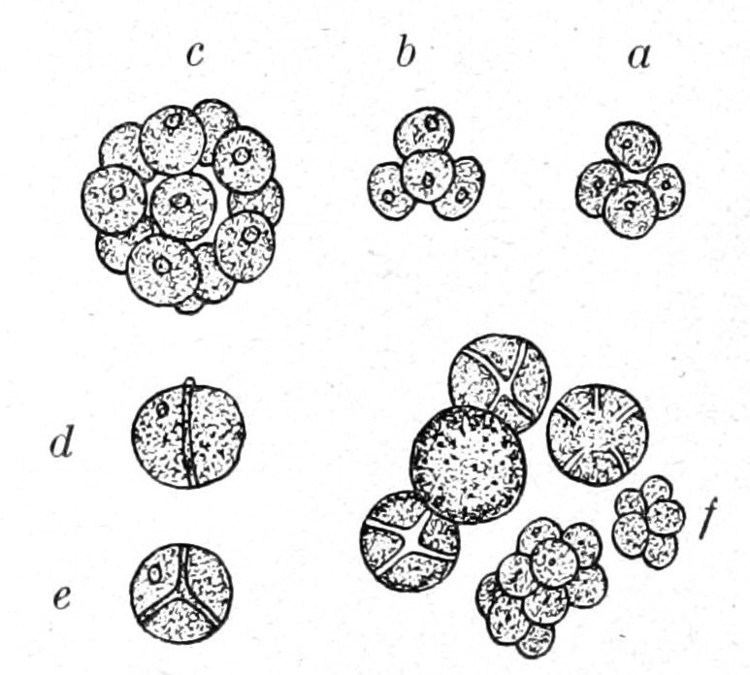Domain Eukaryota | Genus Chlorella Rank Species | |
 | ||
Similar Chlorella, Stichococcus, Platymonas, Thalassiosira pseudonana, Chlorella sorokiniana | ||
Chlorella autotrophica, or Chlorella sp. (580), is a euryhaline, unicellular microalgae found in brackish waters first isolated in 1956 by Ralph A. Lewin. The species is defined by its inability to use organic carbon as a food source, making the species an obligate autotroph. It is sometimes considered a variety of Chlorella vulgaris.
Uses
C. autotrophica has many uses. The species has been used as a feedstock for rearing bivalves and fry in aquaculture and as source of the amino acid L-Proline. German and Russian scientists investigated the possibility of using the species as a food source for astronauts. The algal species is also a candidate feedstock for biodiesel production due to its ability to accumulate triglycerides under nitrogen limitation.
